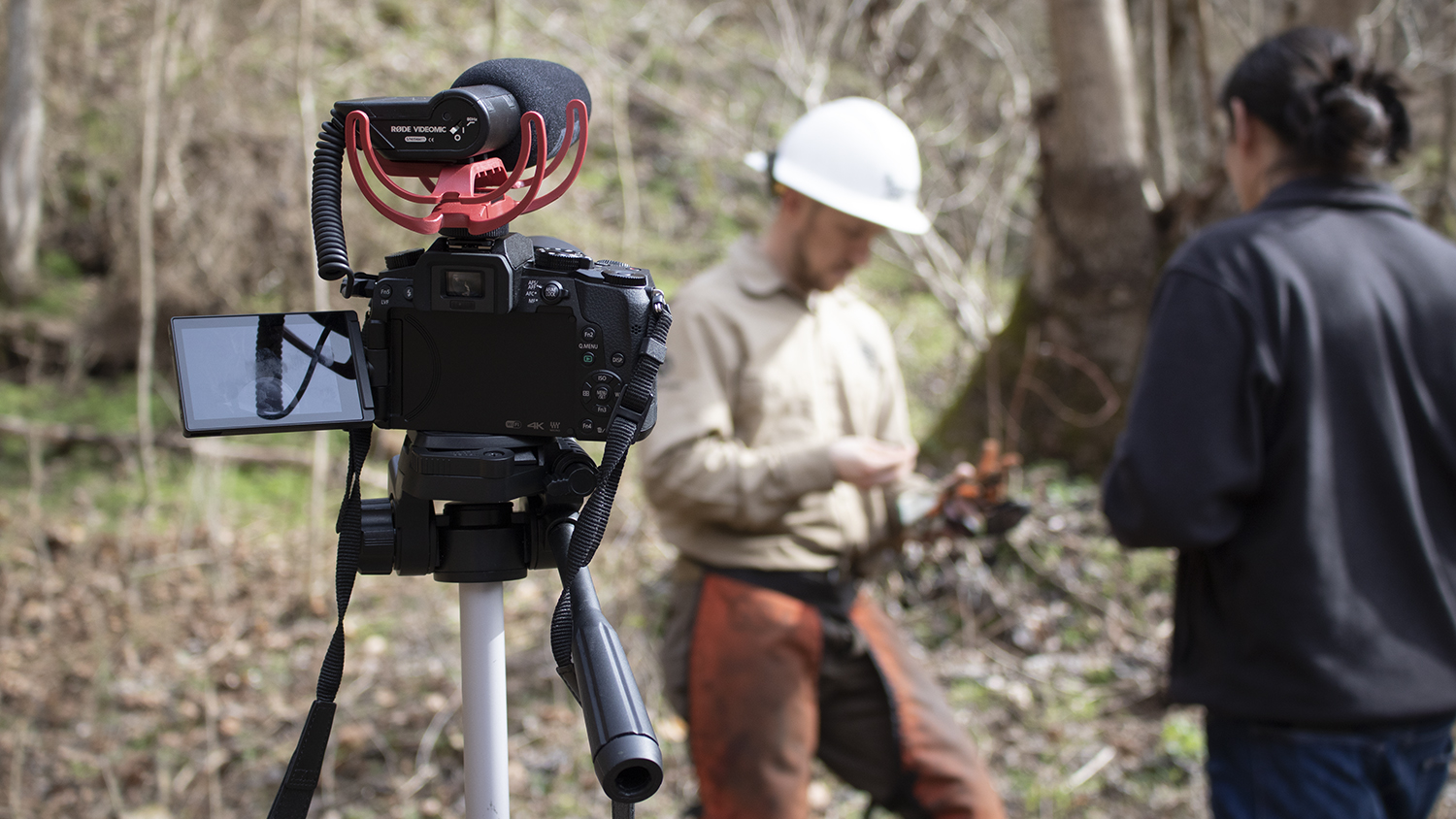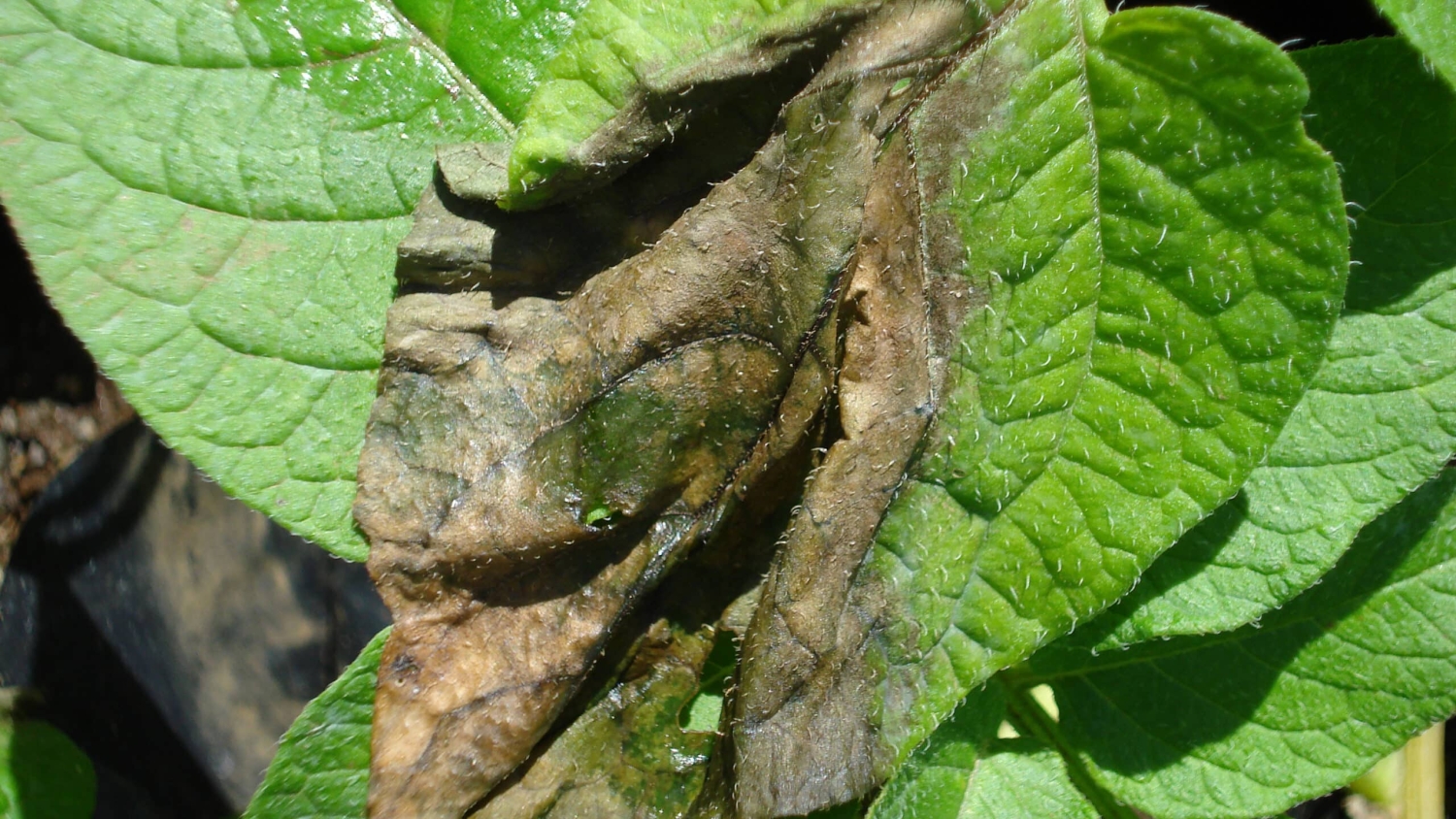New Multimedia Story Map Shares Experiences of Veterans in Fire Management

For military veterans seeking meaningful work that transitions them into civilian life, and for state and federal agencies seeking skilled, dedicated workers to help protect lives, landscapes and cultural heritage, engaging with the Veterans Fire Corps has been a proven win-win. Over 1,000 veterans have participated in the program over the past decade, and opportunities continue to grow. A new story map produced by researchers at North Carolina State University’s Center for Geospatial Analytics is now helping to share the experiences of veterans working in fire management with the National Park Service, to raise awareness about their impact and recruit additional interested veterans.
“There’s a lot of excitement from NPS [the National Park Service] about this story map,” says Jelena Vukomanovic, faculty fellow at the Center for Geospatial Analytics and assistant professor in NC State’s Department of Parks, Recreation and Tourism Management, “because they really want to build and promote the veteran fire crews.” Getting the word out also helps veterans, she explains, “because this program can be a path to careers with NPS and other agencies.”
Military duty and wildland fire management share much in common, including a clear chain of command and a commitment to public service. Veterans Fire Corps participants gain certification that is recognized across agencies, opening doors to new career opportunities.
Created by Geospatial Analytics doctoral student Alexander Yoshizumi, the new story map highlights the experience of four Army and Marine Corps veterans who participated in an NPS pilot training program earlier this year, as part of the Veterans Fire Corps initiative. January through April 2022, the crew improved 250 acres of New River Gorge National Park and Preserve (West Virginia) and Cuyahoga Valley National Park (Ohio), removing brush to protect historical buildings and other structures, supporting work for controlled burns, treating invasive species and planting native grassland seeds.
In March, Yoshizumi led an NC State student-run video production team at New River Gorge to interview the veteran fire crew. As they scaled steep slopes to clear brush from the historical former coal-mining camp of Nuttallburg, crew members worked to ensure the site remains safe from wildfires, like the 132-acre fire that burned nearby just three months before.
The Nuttallburg mine operated from the 1920s to 1950s, and the forest that surrounds it represents a fire-adapted ecosystem. The December 2021 fire in New River Gorge mainly consumed forest leaf litter and acted as a prescribed fire might have done, removing fuels that could feed a larger blaze. Yet, preventative treatments are still necessary to make sure that important buildings and other structures stay out of harm’s way.
“Nuttallburg is such an interesting site,” Yoshizumi says, “and the coal conveyor is one of the best preserved in the US. It’s a very important structure to New River Gorge.” The recent fire underscored the importance of the fire crew’s efforts. “When you hiked up the trail, you saw the charred area,” he says. “That made the work feel immediately relevant.”

“Fire does have a place in the healthy management of forest resources,” Yoshizumi explains. “As the public, we oftentimes don’t think of fire in a positive light.”
Yoshizumi and his team discussed fire ecology and the value and history of fire management with the veteran crew, as well as learned about their backgrounds and aspirations for the future. “It was interesting to hear different perspectives,” Yoshizumi says. “Everybody came from different paths.” He notes that the Veterans Fire Corps provides both training and flexibility, allowing veterans to make a short-term commitment in the program before deciding whether a career in fire management is right for them.
“One of the things most striking to me was how many opportunities there are and how much room there is to grow,” Yoshizumi says. “Seeing that [the veterans] already have a job [lined up] or applications in…It was rewarding to see how much it was clicking for folks.”
Veterans currently represent over 25% of the National Park Service’s workforce. “Military service,” Yoshizumi explains, “is fantastic preparation for this kind of work.”
The new interactive story map uses words, video, pictures and maps to tell the fire crew’s stories, share information about the national parks where they worked and identify further opportunities for veterans to get involved in wildland fire management. Access it at: https://arcg.is/08XXX8


